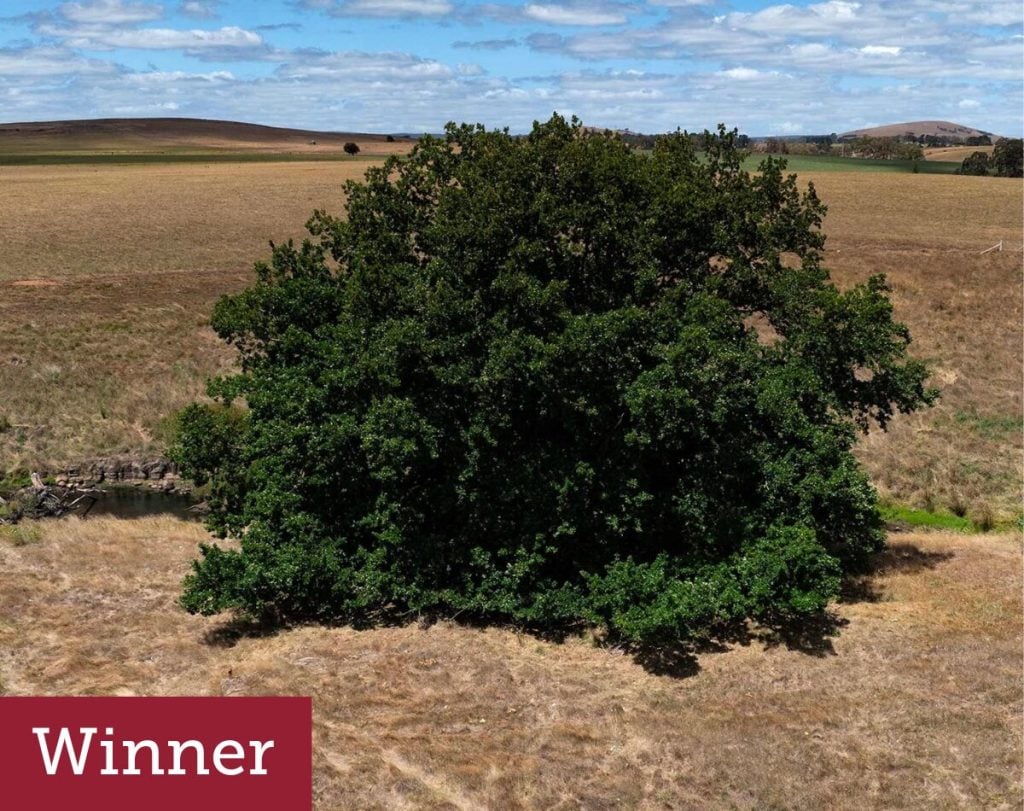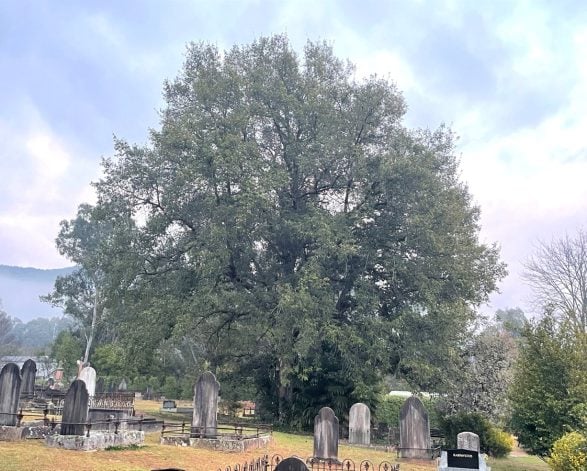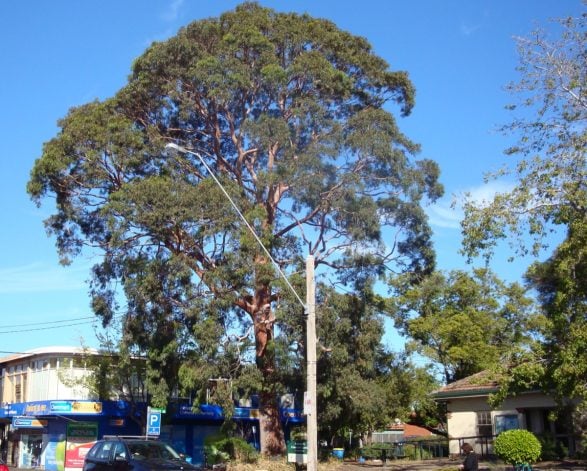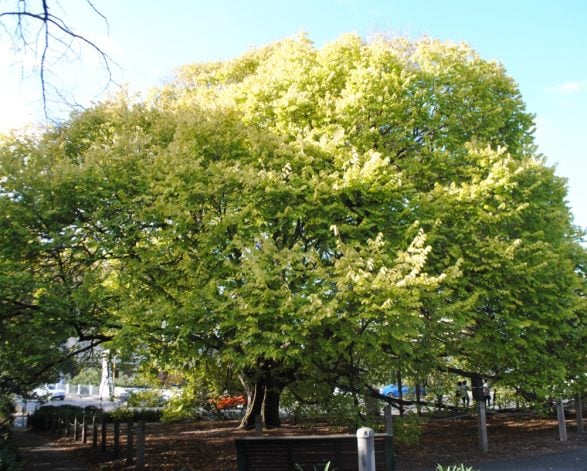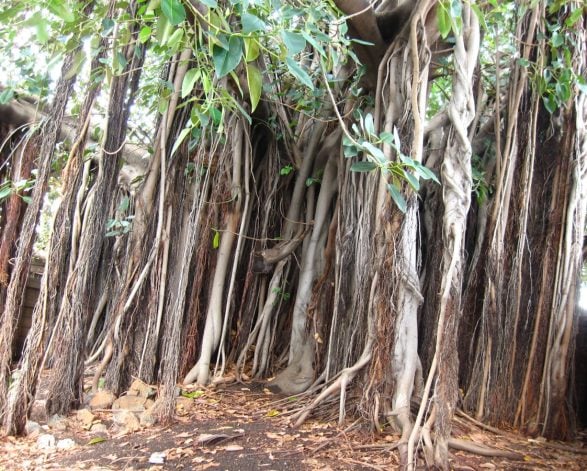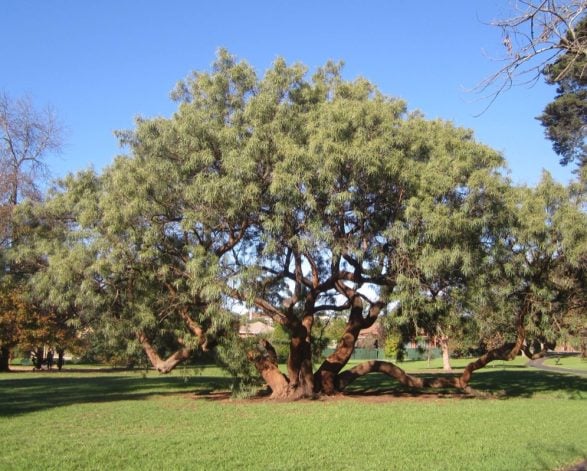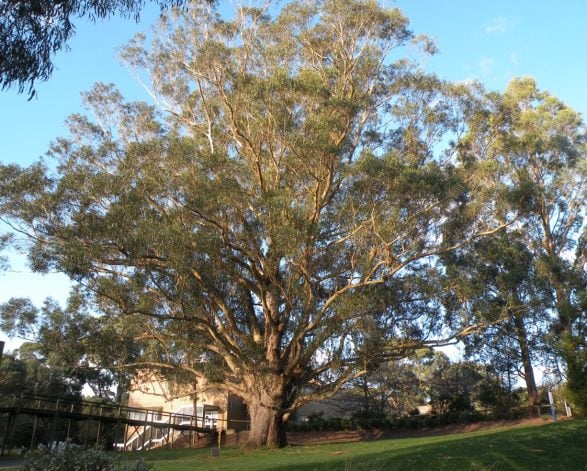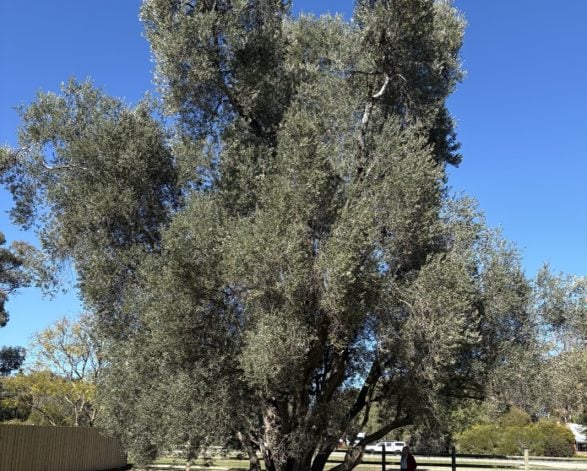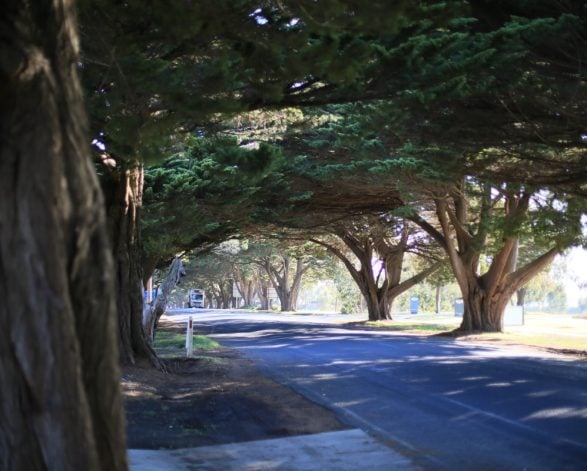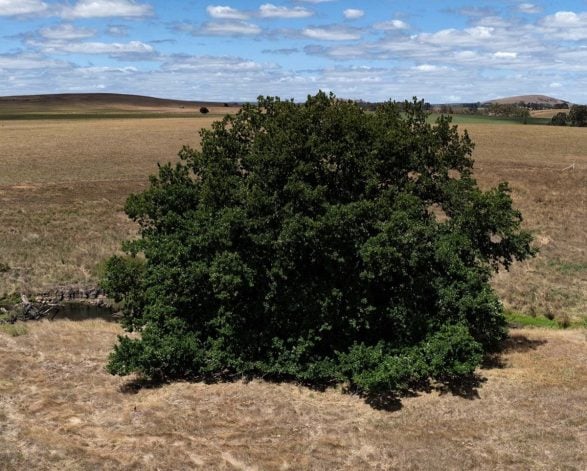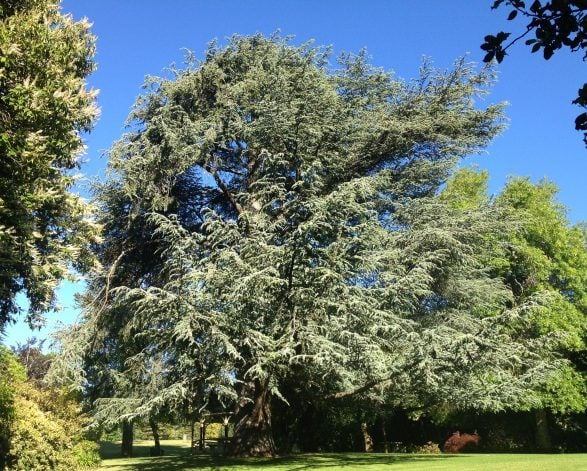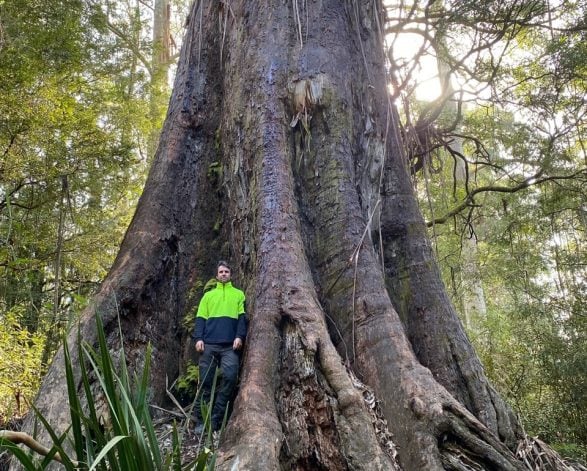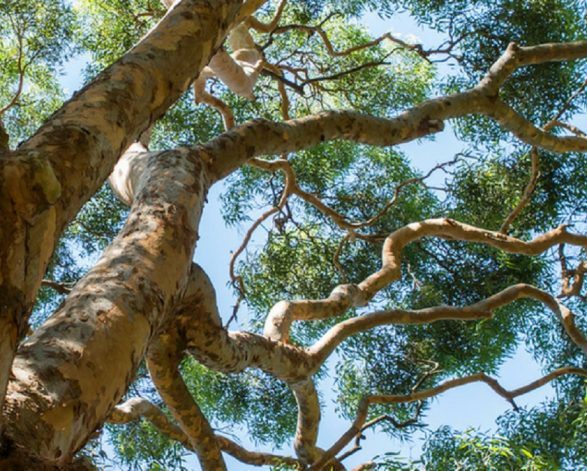Estimated to be over 130 years old, this remarkable tree stands 16 metres tall with a canopy spanning 31 metres, and now occupies the only piece of public land in Kingston.
Currently under threat of removal to make way for transmission lines, the tree has become the focus of strong community-led efforts to secure its retention for future generations.
The removal of the oak would not only destroy the tree itself, but also threaten the surrounding ecosystem—including native vegetation and species such as platypus, frogs, and other wildlife that inhabit the nearby Birches Creek Nature Reserve.
“Winning the title of National Trust Tree of the Year is a great honour — it recognises both this magnificent old tree and our community’s commitment to protecting it. Kingston already has one of Victoria’s finest Avenues of Honour, and now we can proudly say we also have Victoria’s finest tree of 2025.” —Jeremy Harper, Kingston resident and nominator of the tree.
The runner-up in this year’s competition was the Tasmanian Blue Gum (Eucalyptus globulus ssp. globulus), known as the “Tree of Knowledge”, located at Federation University in Mt Helen. Planted in 1896, the tree is a prominent and historic feature in the university’s main quadrangle.
Read the full announcement here.
